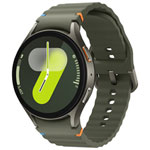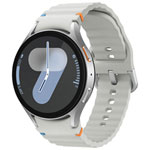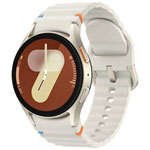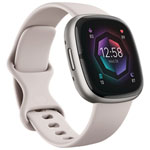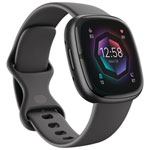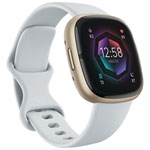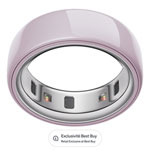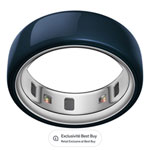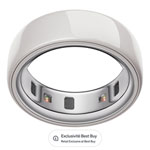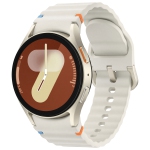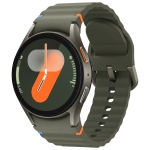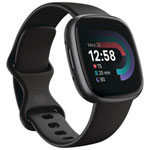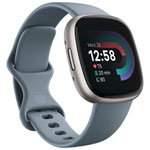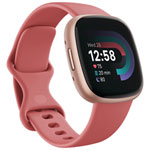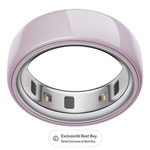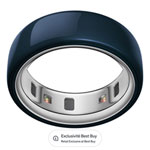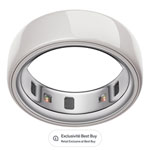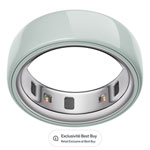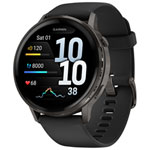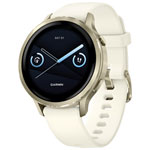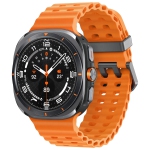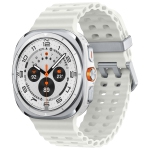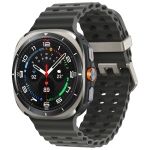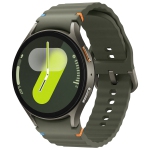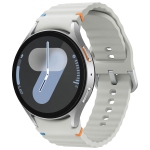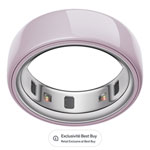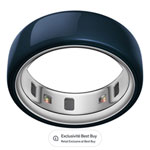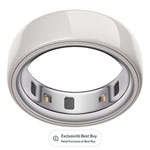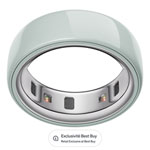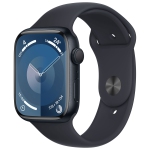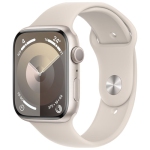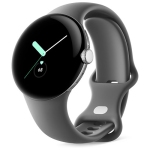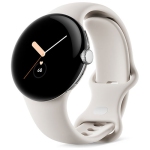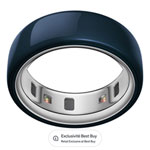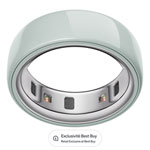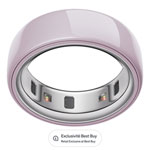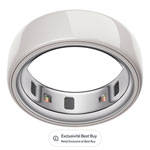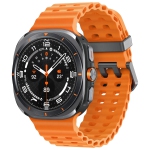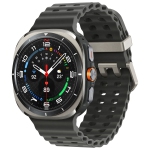Keeping track of a good heart on your own
What is an ECG?
An ECG is short for electrocardiogram, and its purpose is to measure how well the heart is functioning. It does this my recording the electrical signal traces the heart generates under the skin when it beats. This includes how fast the heart beats, its regularity, and if there is too much of a certain mineral in the blood.
Doctors use these readings to detect whether something isn’t right with the heart’s performance. One of these is a condition called atrial fibrillation, which is an irregular or unusually fast heartbeat. Another is Long QT Syndrome (LQTS), where an arrythmia (irregular heartbeat) comes through exercise or stress and leads to serious consequences.
An ECG can also look for signs of a possible heart attack caused by a blocked artery. Medical-grade ECG devices are more precise in that regard, though wearable devices aren’t yet cleared for detecting potential heart attacks.
How does an ECG work on wearables?
In a medical facility, doctors will place electrodes on the body close to the heart to measure the heart’s electrical activity and rhythm, which is then read by a receiving device for physicians to analyze and look for irregularities or abnormalities.
A smartwatch with a built-in ECG feature doesn’t use electrodes. It may measure heart function through a finger placed on the digital crown, as is the case with the Apple Watch models supporting the feature. After 30 seconds, it should produce a result indicating whether it has traced a sinus rhythm, which is normal, or an abnormal heart beat of some kind.
It is important to distinguish the difference between a medical-grade ECG and that of a wearable device. The electrodes track different metrics of the heart, making up multiple readings at once. A smartwatch or fitness tracker can’t replicate that, so is limited to one tracking focus. That means it can be helpful but won’t be capable of presenting a more holistic overview of what the heart is or isn’t doing.
Who would benefit from an ECG on a smartwatch or fitness tracker?
Though it isn’t on par with the multiple electrodes of a medical-grade ECG, having even one tracking option on your wrist could still be better than none at all. A smartwatch or fitness tracker ECG could identify an abnormal heartbeat. It may not know why it’s abnormal, but it can at least see an atrial fibrillation.
Anyone with an underlying heart condition would be a good candidate to wear a watch or fitness tracker with an ECG, though it can also be beneficial to those who don’t have a history of heart problems. The convenience of being able to do a reading at any time could prove useful in helping determine what might have caused an irregular heartbeat by noting the time, place or action at that time.
It is always best to consult with a physician or health professional before taking any steps to self-medicate or act upon the results of an ECG. It may be a false positive or false negative, but it is best to confirm through an appointment with your doctor.

